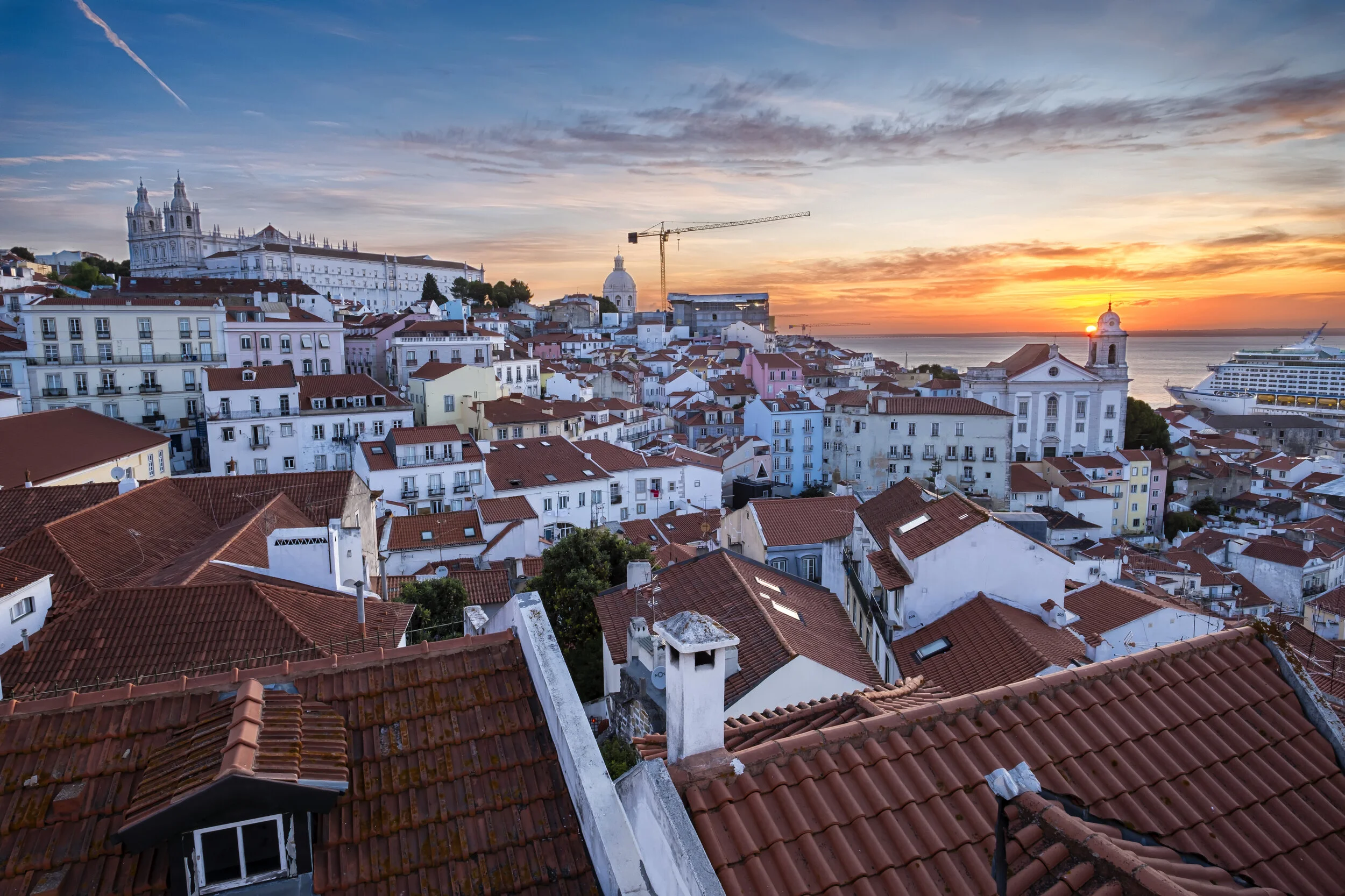Wildlife Photography Tips
/Having enjoyed many safaris over the years with our clients I have found that a number of them will purchase a new camera prior to the trip. While I am no professional I have made all the mistakes one can make and I believe that becoming an expert at anything is about becoming decreasingly wrong. This article is to help decrease the chances of you making some of the mistakes I have made. Here we go…
Match the length of your lens to the type of shooting you’d like to do. My biggest lens is 100-400mm and if you can off road and drive closer to the animals you’ll seldom need more than that.
Check and adjust your camera settings before departing on each morning and evening game drive. The last thing you want is a leopard right outside the gate and your camera is still on a long exposure setting from shooting the stars last night.
Regarding those camera settings - let the camera determine ISO up to 3200 and and always keep the shutter speed faster than the length of your lens ex. 1/400 SS for a 400mm lens. A little extra noise is easy to eliminate in post processing, but an out of focus shot cannot be saved.
Always have a lens cloth handy and carefully wipe your lens clean at the start of each game drive.
Stability is vital with a longer lens. A sandbag to rest your lens in while shooting will make a positive difference. This is key! Stability and the ensuing in-focus shots will make all the difference in the number of keeper shots you’ll come away with.
This might sound very basic, but have the camera available and ready at all times. Wild animals don’t wait for you, so be prepared and ready to shoot.
Always have a spare battery in your pocket. It’s never fun when you’re in a great sighting and the battery dies and you’ve got to dig through your bag for a battery while the action is going down.
Never leave the tripod at home. It comes in handy for coffee breaks and sundowners stops, plus it’s also handy if you’d like to shoot a landscape shot or two.
Carry a small towel to place over your camera to protect it from dust while driving. It might not seem like it will effect you much, but the build up after a few days is incredible.
Be sure to bring a small portable hard drive to download your shots after each day of game drives. That way there is less risk of you losing your shots via a corrupted SD card.
Two bodies are better than one. Keep a wider angle lens on a second body to capture a broader perspective. Show the animals in their environment on occasion instead of only collecting those close ups or portrait style shots.
Don’t forget there will be some incredible opportunities for landscape, tree, bird and macro photography too. Look beyond just the animals.
Thanks so much for reading along. I hope these nuggets can help you get started in an expert fashion and have you capturing those fabulous safari memories in the best light possible.
If you have any queries or questions please reach out and I’d be happy to offer any advice I can.





